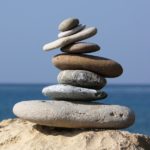Glaciers are slow, flowing rivers of ice. We learned ‘how’ glaciers flow in the post, “The Movement of Glaciers“. Knowing the anatomy of a glacier, will help us to understand even more about Glaciology.
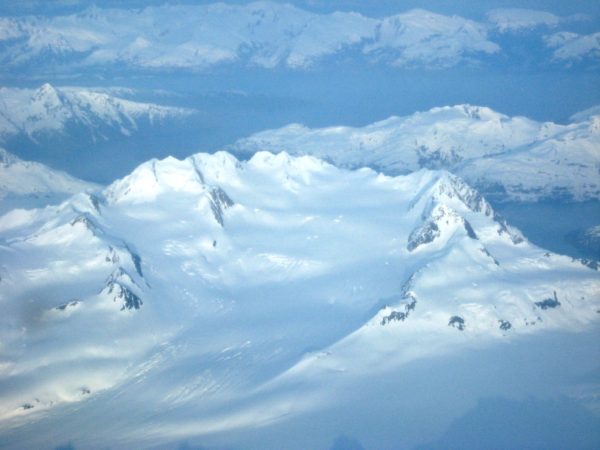
Anatomy of a Glacier Lab Supplies
For this science lab you will need:
- Printed lab sheet
- A pencil
- Glue stick (If you prefer to glue word tags instead of writing.)
NOTE** WBLT students on “Corona Break”: This is considered Geoscience, Semester 2, Class 9.
The Equilibrium Line
On a glacier, there is an imaginary line called the equilibrium line. It separates two zones – one that gets snow and one where melting occurs. The zone that gets snow is at the top of the glacier, and the zone where melting begins is towards the end of the glacier. There is a really good reason for this!
The Snowline
If we trek up a mountain the temperature becomes colder, which is why we can see snow capped mountains in the summer.
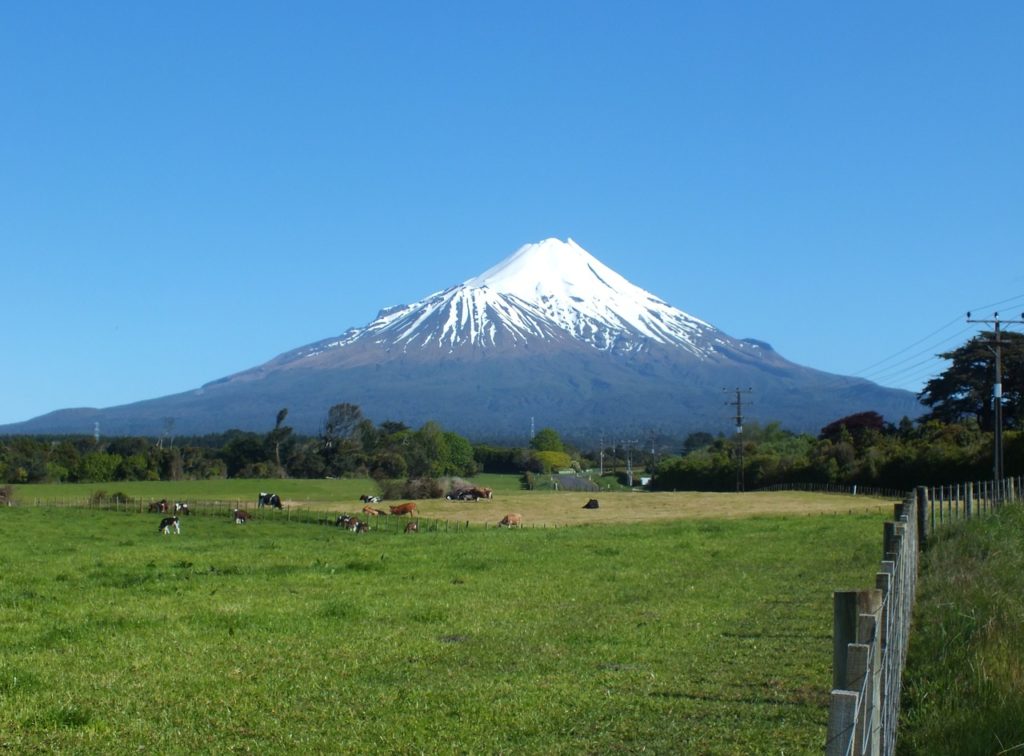
The equilibrium line shouldn’t be confused with a snowline. If you look at this photo of Mt. Fuji you can clearly see where the snow ends and naked mountain begins. The snowline is a boundary between these two zones. The snowline has nothing to do with a glacier.
The Accumulation Zone
The accumulation zone is the top part of the glacier and is above the equilibrium line. The higher the elevation, the colder it is and instead of raining, it snows! Snow accumulates.
Fresh fluffy snow sits on top of old snow. Fresh might be fluffy, but after awhile all those fluffy flakes get very heavy and start to push down on the snow that has accumulated for months, years, decades, and centuries before that. The under layers of the accumulation zone is hard packed ice because all those fluffy snow molecules turned into ice crystals as they were compressed..
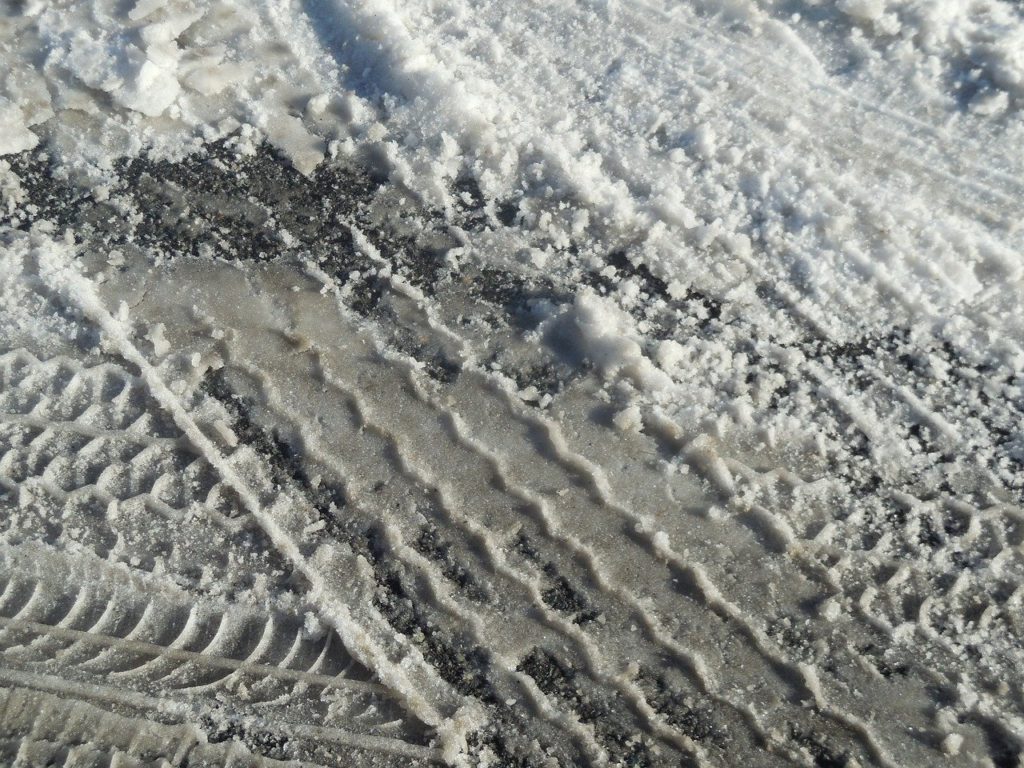
The same thing happens when you realize what a royal pain it is to shovel car tracks in the snow. You can clear the entire drive but the compressed tracks are difficult, if not impossible, to shovel away. This is because the weight of the car changed the fluffy snow molecules to ice crystals.
The Ablation Zone
The equilibrium line refers to the part of the glacier where the zone of accumulation stops. As the glacier flows steadily downward the temperature become warmer at lower altitudes. The warmer temperatures creates melting and evaporation. This is the beginning of the ablation zone or where the glacier starts experiencing more melting than snow accumulation.
The Terminus
The end of the glacier is called the terminus. You might also hear it called the foot, toe, or snout. These are all names for the end of the glacier.
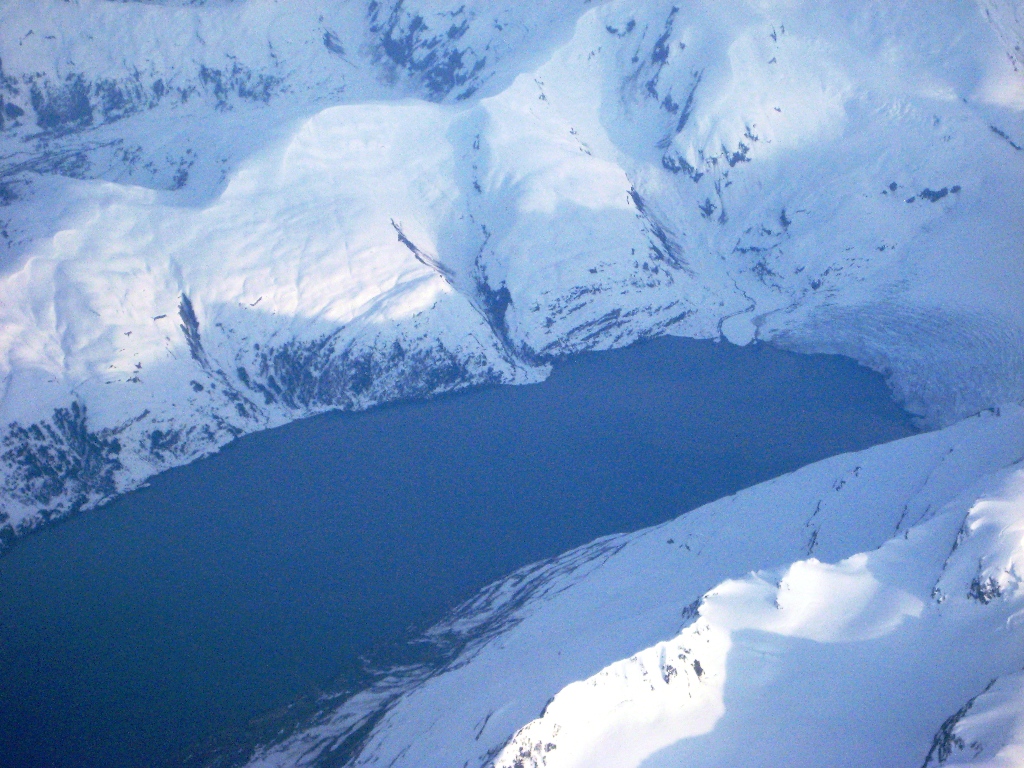
During the summer months, there is more evaporation and melting going on in the ablation zone than there is accumulation at the top, so the terminus retreats, or shrinks back. Here’s a six-week time lapse video where you can see some retreating of the toe, or terminus, of the glacier.
Crevasses
Cracks in the surface of the glacier ice are called crevasses. They come in all sizes from deep wedges to small fissures. They can be very dangerous for climbers traversing a glacier. Sometimes a thin layer of snow, called a snow bridge, might cover and hide a crevasse. This poses a serious danger for climbers because a snow bridge can’t old a persons weight.
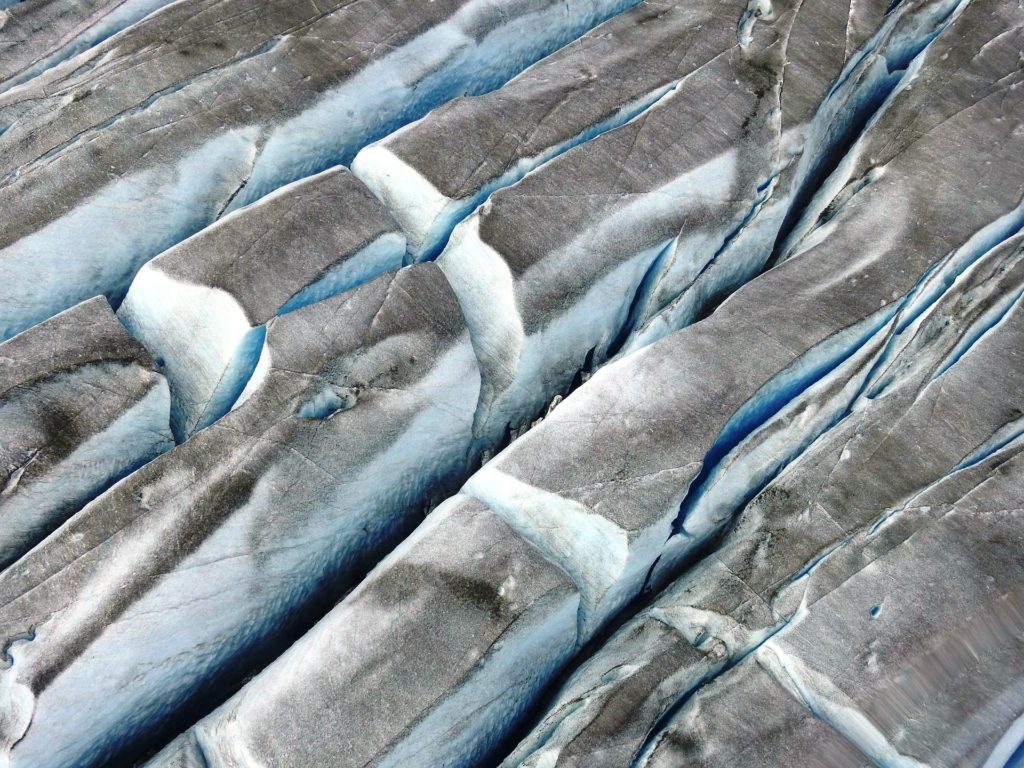
Calving
When pieces of ice break off at the foot of a land glacier, it is called, dry calving. The pieces of ice create melt water that will flow away from the glacier.
If the terminus reaches a body of water, pieces will break off or calve. These pieces float away as icebergs.
Calving, as we saw in the last post (The Movement of Glaciers), can cause large tidal waves. Never get too close to the end of a glacier! Calving is dangerous and spectators need to stay clear of the danger zone. This video from Iceland shows that even from a distance you might still be too close!
Erosion
As the glacier travels forward, the top of the glacier moves faster than the bottom because of friction. If you completed the glacier race lab from the Movement of Glaciers, you might have noticed that, during the race, the glacier that flow over the debris traveled slower.

Glaciers are not bulldozers. Let me repeat that: Contrary to popular belief, glaciers are not bulldozers! They do not push rocks and debris down the slope, but they do cause erosion – just not by pushing. When you picked up the glacier goo from the race, did you notice that it also carried embedded sand and rocks? During Andrew’s lab, even though the rocks and sand were glued to the slope, the goo still plucked out rocks! Plucking is a form of erosion.
Types of Glacier Erosion
There are three different ways that glaciers cause erosion: freeze thaw weathering, plucking, and abrasion.
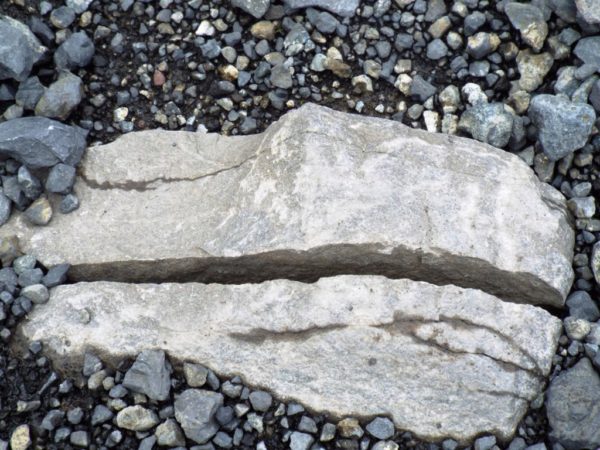
Freeze Thaw Weathering
When melt waters beneath the glacier seeps into cracks and crevices in the rocks, the water freezes and expands splitting rocks into pieces. This erosion process is called freeze thaw weathering. Weathering breaks rocks down into smaller pieces. As the glacier flows, rocks and debris freeze to the bottom of the glacier and get transported downward. The debris carried by the glacier scrape and gouge the earth’s surface.
Plucking
The second form of weathering is called plucking. When the glacier freezes into the sides of the valley, it plucks away large rocks from the valley walls as it gets pushed forward. These large pieces scratch the underlying bedrock with glacier striations, or parallel grooves.
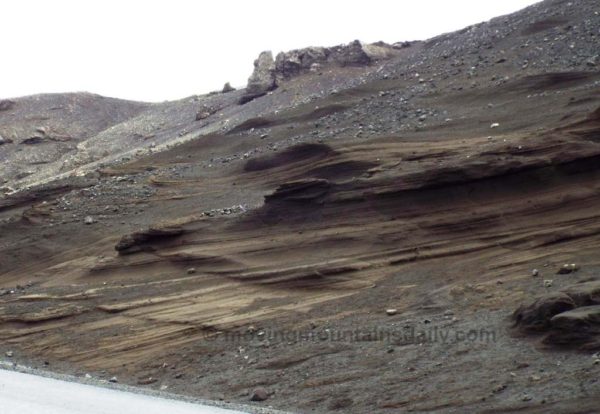
Abrasion
Abrasion occurs when the glacier grinds the bedrock surface, near the terminus. It is similar to rubbing a piece of sandpaper on a rock or on a piece of wood. The bedrock beneath will look polished.

Glacial Deposition
Notice the word ‘deposit‘ in deposition. This is a geological process where sediments leftover from weathering and erosion are transported and then deposited somewhere else. Think of a dump truck filled with rocks and dirt. It transports the load to a different location and deposits it – just like a glacier.
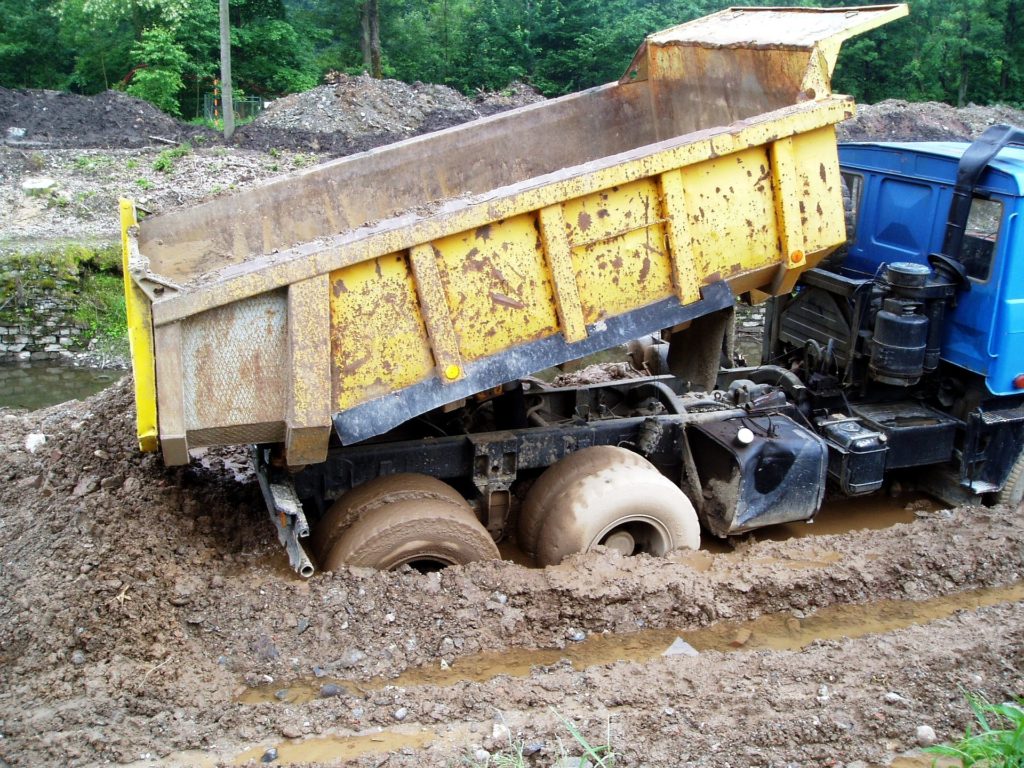
At the terminus, the glacier sometimes just sits without retreating or advancing and it creates a deposition of sediments called an “end moraine“.
Types of Glacial Deposition
Moraines are deposits of dirt and rocks left behind by a glacier. Just like the dump truck carried a load and deposited it in a new location, glaciers transport dirt and rocks and then deposit them in the form of moraines.
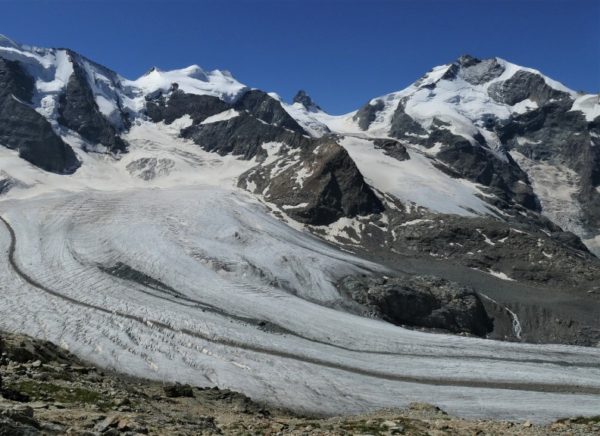
Medial Moraine
In the photo above, the black streaks are sediments being actively transported by the glacier and are called moraines.
The center black line is called a medial moraine. An easy way to remember the term medial is by associating it with the word ‘middle’. When two glaciers join together, the medial, or middle moraines occur in the center of the ice flow.
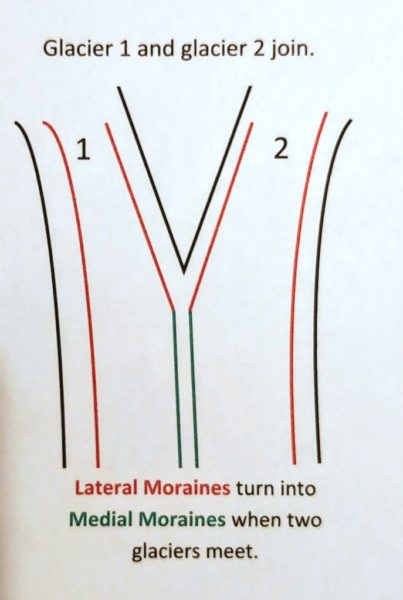
Lateral Moraine
The black streaks that run along the edges of the glacier are called Lateral Moraines. The friction from the glacier’s movement causes erosion of the valley walls. The debris falls directly onto the surface of the glacier. When the glacier retreats it leaves deposits of sediments along the valley walls. (photo below)
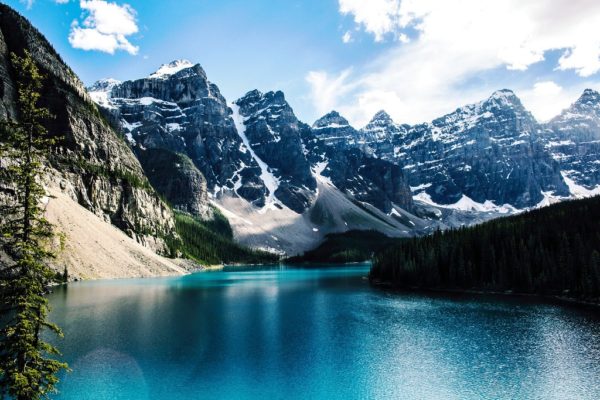
End Moraine
When the foot of the glacier begins to melt and retreat, it deposits all the debris that the glacier carried downwards. The debris left in piles at the foot of the terminus or along the edges are called end moraines, terminal moraines, or glacial till. You can see the end moraines at the foot of the Tinayrebukta glacier in the photo below.
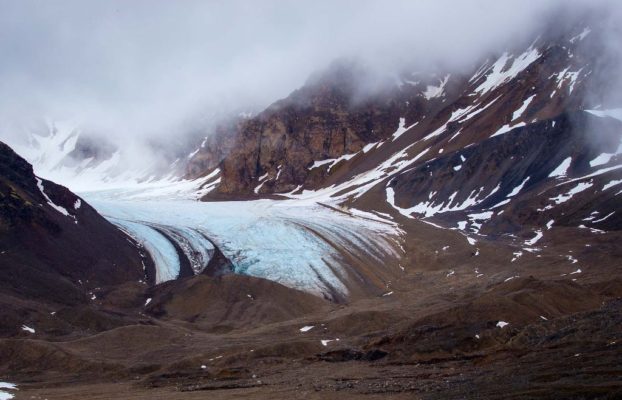
of time and left a landscape of end moraines.
U Shaped Valleys
Glaciers create lakes, rivers, valleys. The valleys that a glacier creates is called a “U” shaped valley. The weight of the ice and all the debris carve out a wide, rounded, flat bottomed area through the mountains.
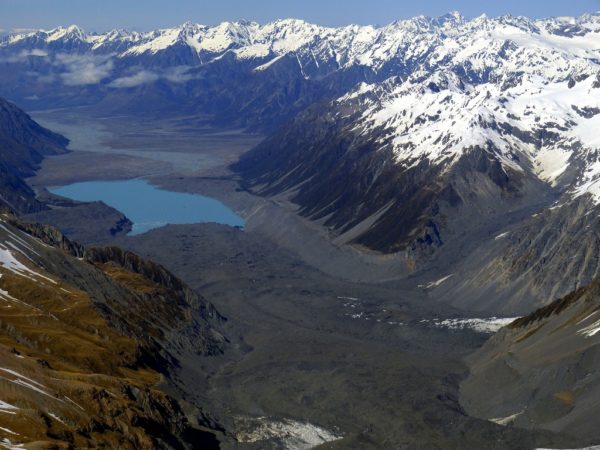
Can you find lateral moraines? Snowlines? End Moraines?
Glaciers are an important factor for planet earth. They take up about 10 percent of the land area on earth and they carry almost 70% of the earth’s fresh water source. Whether it is plate tectonics, erosion, glacier movement, or some other force, the earth is always being carved and changed. Glaciers visibly leave their marks as they recede.
By the Way
If a glacier makes a U shaped valley, what does a river valley look like?
“V” shaped!
River valleys are formed by flowing water that cuts down through the rock. This process is called ‘downcutting‘.

What if?
If glaciers can polish rocks by abrasion, can you polish a rock with sandpaper? (50 grit sandpaper suggested). It will take some patience, but I bet you will be pleased with the results!
We love comments and encouragement or feel free to share your thoughts and lab results with us. Just remember: This is a safe site for children. If comments are not tastefully stated, they will disappear in a “POOF”!
